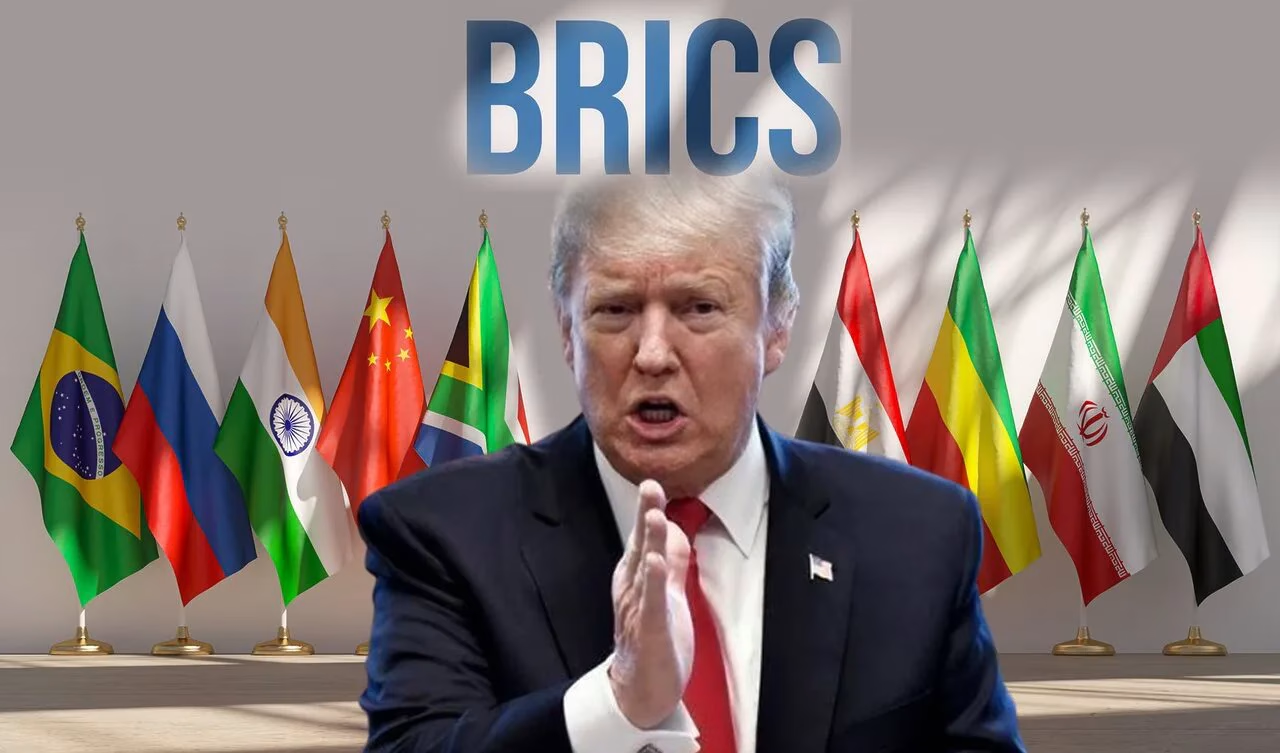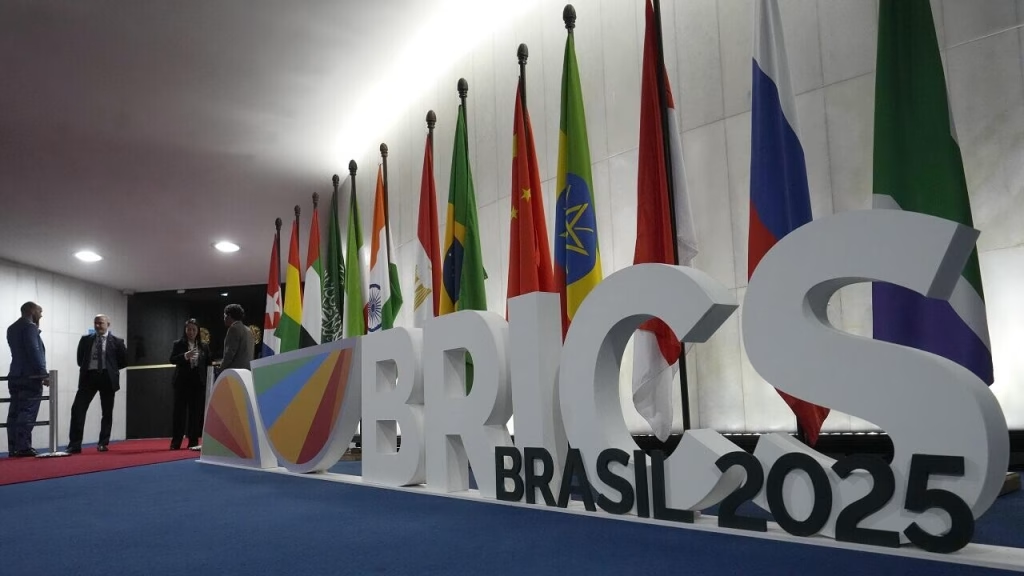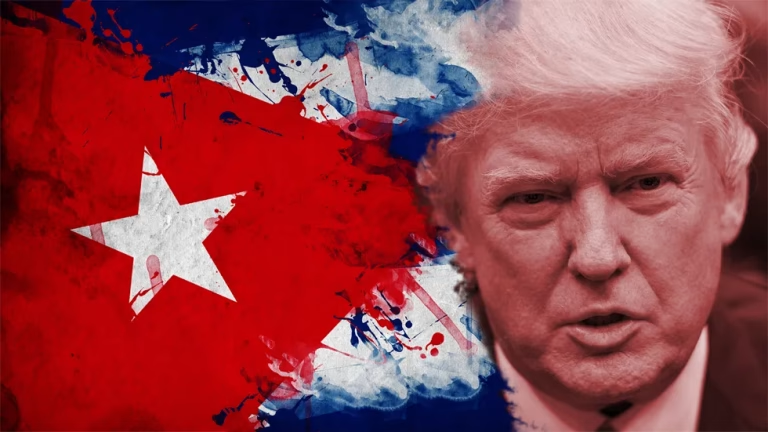
Trump’s Tariff War Reaches BRICS
The BRICS summit in Brazil concluded with the U.S. president announcing 50% tariffs on imports from the host country, as well as other members of the bloc. For Brazil, this is a major blow—especially since the U.S. is its second-largest trading partner after China. And for the other rapidly expanding members of the group, old man Donald’s statement was, to put it mildly, a shock.
BRICS under Washington’s pressure
The White House needed to contain the fallout, so the Trump administration leaked to the media that the U.S. would not immediately impose a new 10% tariff on members of the BRICS bloc of developing nations—but would proceed if these countries took so-called “anti-American” political actions. The effective date of the tariffs has been pushed back to August 1. Many BRICS members and partner nations heavily depend on trade with the United States. Trump’s warning of punitive sanctions came just hours after BRICS leaders issued a 31-page statement condemning the U.S.-ally Israel’s attacks on Gaza and Iran, calling for global institutional reforms, and warning that unilateral tariffs threaten world trade.
Trump has close ties with leaders of some BRICS members and candidate countries, such as Saudi Arabia and the UAE, and has been promoting the prospect of a trade deal with India for weeks. His administration has already signed a framework trade agreement with Vietnam and is negotiating a similar deal with Thailand. It remains unclear whether Trump’s latest tariff threats will disrupt ongoing trade talks with India, Indonesia, and other BRICS nations.

South Africa has already insisted it is not “anti-American,” stating that its negotiations with the U.S. government “remain constructive.” Indonesia, seeking to avoid a potential 32% tariff, is set to sign a $34 billion pact with American partners soon and has offered to slash duties on key U.S. imports to “near zero,” including a $500 million purchase of American wheat.
Criticism of Trump’s Inconsistent Policies
Trump’s policies—on nearly all fronts—face harsh criticism, including for their inconsistency. In economics, one of his most criticized moves is his tariff wars, particularly due to their unintended backlash on the U.S. economy.
The stated goal of Trump’s tariff war is to reduce the U.S. trade deficit, which stood at $1.2 trillion in 2024, including:
$300 billion with China
$270 billion with Europe
$235 billion with Canada and Mexico
The strategic aim is to boost exports by bringing factories (especially those of U.S. companies) back home while slashing imports. Beyond forcing trade rebalancing through tariffs, another economic lever was intended: weakening the dollar. Additionally, the revenue from new tariffs has helped offset budget shortfalls caused by Trump’s “Big Beautiful Bill” tax cuts.

Mixed Results (So Far)
The U.S. trade deficit in goods for the first five months of 2025 surged to $650 billion, up from $478 billion in 2024, due to a sharp spike in imports ahead of the tariff implementation. However, after the “declaration of war” in April-May, the monthly trade deficit shrank by nearly half compared to Q1. Relative to April-May 2024, the deficit fell by just over 10%, but with key partners:
Europe – deficit cut almost in half
China – deficit down nearly 30%
Washington has raked in nearly $50 billion in extra customs revenue without suffering economic damage. Q2 2025 tariff revenues hit a record $64 billion—$47 billion more than the same period last year.
Why Haven’t More Countries Retaliated?
Most of America’s trade partners have not imposed mirror tariffs, allowing the president—”once mocked for cowardice”—to boost revenues without consequences. So far, only Canada and China have retaliated with counter-tariffs.


Interesting read!